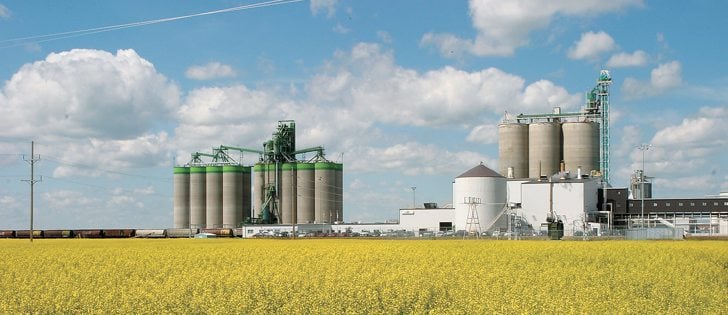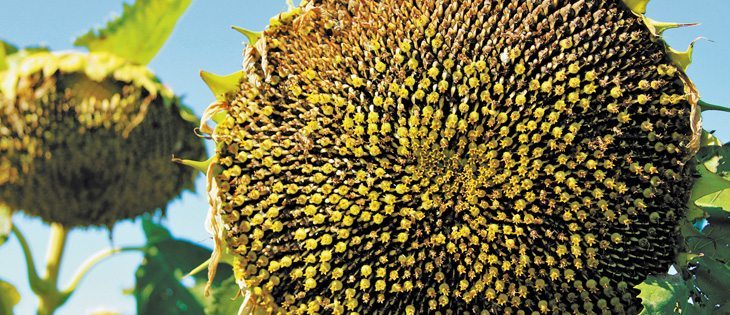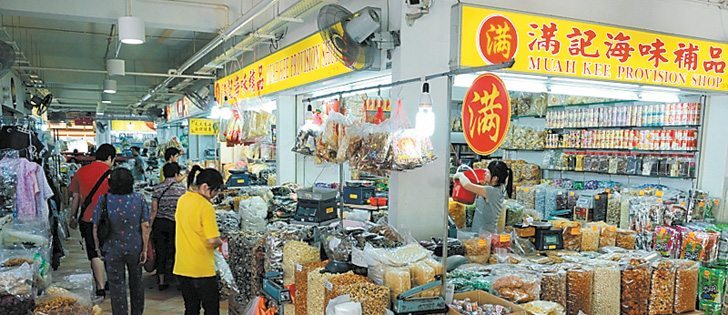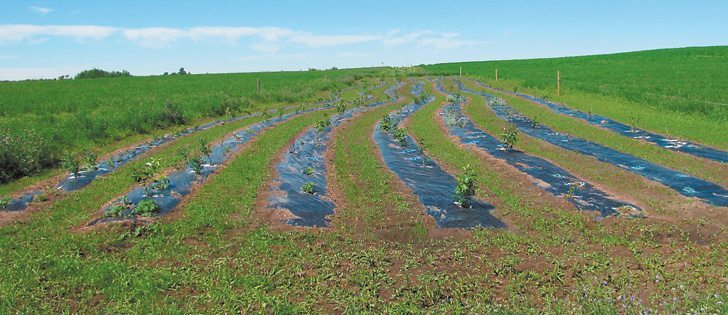MONTREAL — Canada’s top lentil customer won’t be an active buyer until it works through a glut of supply, says an industry analyst.
Turkey and Syria produced 500,000 to 600,000 tonnes of red lentils this year on top of an estimated 100,000 tonnes of carryout.
That is plenty of supply for the Middle East, which typically consumes slightly more than 400,000 tonnes of the crop annually.
“I don’t see the need for imports,” said Iman Reda of Gedco, a pulse crop exporting firm from Ontario.
Read Also

Farm groups ask feds for export sales reporting
The Agricultural Producers Association of Saskatchewan and SaskCrops asks the federal government to create an Export Sales Reporting program.
“The region is genuinely concerned. They do wish there to be a pause on the imports of red lentils.”
Turkey imported 240,000 tonnes of Canadian lentils in 2010-11, dwarfing the next largest buyer, which was India at 135,000 tonnes.
Reda told delegates at the Canadian Special Crops Association’s annual convention that the region needs time to chew through the excess supply.
In fact, it hopes to export some of the excess to buyers in the Indian subcontinent, an important export market for Canadian farmers.
That is a depressing demand outlook in light of last week’s Statistics Canada report estimating 2.6 million acres of lentils, which is the same size as last year’s crop despite a predicted 800,000 tonnes of carryout.
Greg Kostal, president of Kostal Ag Consulting, said that number surprised many in the trade, who were expecting 2.25 million acres.
Statistics Canada’s acres would result in 650,000 tonnes of red lentils, about the same amount of large greens and about 180,000 tonnes of small greens. The red lentil number would be burdensome, given the crop is still suffering a hangover from rapid supply growth two years ago brought on by high prices.
“It doesn’t give the opportunity for the market to repair itself this upcoming year,” he said.
The annual demand for large green lentils in mature food markets is 400,000 tonnes, so a big portion of this year’s anticipated crop might have to be sold as a substitute to India’s pigeon pea crop.
Kostal forecasts a Saskatchewan farmgate price of 16 cents per pound for red lentils.
“Large green lentils could spend time in the teens following pigeon pea prices,” he said.
He thinks there will be pent up demand for small greens off the combine and then prices could get “soggy.”
There was no argument with Statistics Canada’s forecast for 3.5 million acres of peas.
That would likely result in 2.8 million tonnes of yellow pea production and 475,000 tonnes of green peas using average yields. However, the crop is shaping up to be above average.
“Pea yield prospects in Canada are about as good as any crop that is out there, meaning that if Canada can get one timely rain in July, I think this yield estimate can actually go up,” said Kostal.
Peas are going to gain demand traction as a chickpea substitute. The Indian government forecasts slightly more than seven million tonnes of rabi or winter chickpea production. The trade thinks it could be closer to six million tonnes.
“That should drive pea prices,” he said.
Kostal sees a bottom end for yellow pea prices of $7 to $8 per tonne with the potential to reach $8 to $9 per tonne later in the year.
Les Aubin, an analyst with Legumex Walker Inc., agreed with most of what Kostal said except for his green pea production number.
Seed sales were below normal this spring, causing Aubin to predict 350,000 to 375,000 tonnes of green pea production.















